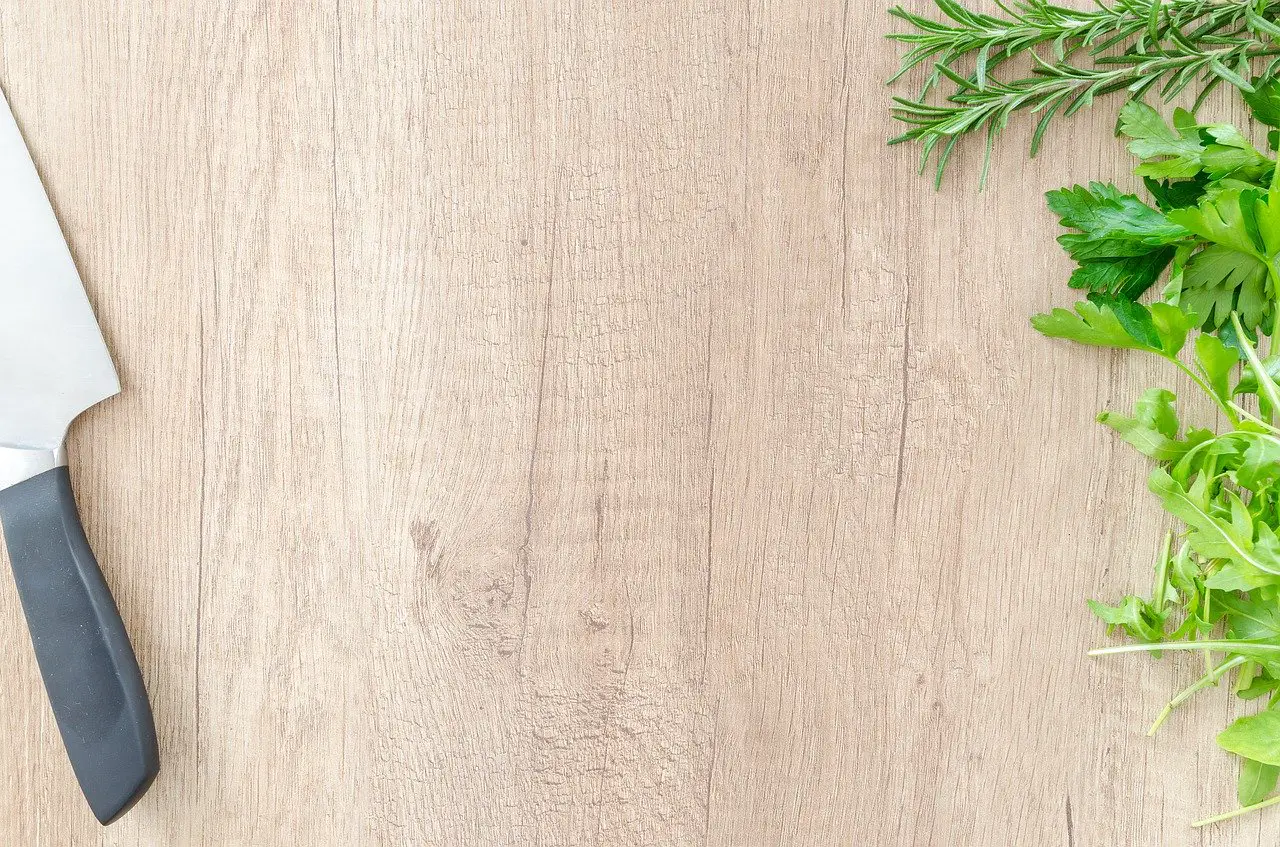The purpose of having a cutting board is to prevent the knife from damaging the kitchen counter when chopping and cutting food. The cleaner the cutting board is against the edge of the knife, the better. And then there are really only two materials to choose from: plastic and wood.
Cutting boards of trendy marble or glass-ceramics are beautiful to have as a platter or as decoration, but they are pure death for the knives. But there is still some things to consider when choosing a cutting board. Here you will learn just that.
Size of the cutting board
When you have to chop many different foods, into a saucepan or the like, it is nice to have a large cutting board. At the same time, it is good if the cutting board fits in the dishwasher when cleaning it. A third aspect is how much you are prepared to pay for the cutting board. When you buy a wooden cutting board, the price is usually directly related to the size of the product. One tip is to draw approximately how big you think the board should be before you make the purchase.
Also, consider the thickness. A thick cutting board can be planed down and used for decades, but they should not be so high that you get sore shoulders when working on it.
Plastic cutting board
Plastic cutting boards have a lifetime of no more than a few years. Then the idea is to leave them for recycling. Initially, they are easy to clean and can be washed in machines, but after a while, the notches in them are so deep that it is difficult to remove all bacteria after use. Other advantages are that they are inexpensive and do not require any maintenance.
Wood
You can keep a wooden cutting board all your life if you take care of it. But of course, there are many varieties of wood to choose from. Bamboo is popular right now, among other things because the material is environmentally friendly. The disadvantage is that it takes a lot of glue to get bamboo pieces together into a whole cutting board. Oak and teak are examples of good wood material, as it is a hardwood that does not wear down so quickly. Just make sure the wood comes from sustainable, CSR-labeled forestry.
Wood from beech, walnut, cherry, al, maple, birch, al and ash also works well. Another question is whether to buy a cutting board of end wood or landscape wood. In a wood cutting board, the fiber direction of the wood runs parallel to the cutting board surface. At end-wood cutting boards, the fibers are perpendicular to the cutting board surface.
End boards are a little harder to produce because more pieces of wood are needed – which must complement each other in such a way that the board does not hit. This means that these cutting boards cost more. They also tend to absorb more fluid. The advantage is that the surface “heals itself”: the fibers divide as you cut on it and afterward they contract again. A board of reclining wood is cheaper, but it settles more easily and becomes more scratched, relatively speaking – so you need to plan or sand the surface more often.
How to take care of the wooden cutting board
Before first use: Smear one layer of oil with a piece of paper towel. You can use regular, neutral cooking oil. Even better is food-approved flax or paraffin oil, which hardens and forms better protection for the cutting board. Best of all is paraffin oil with added beeswax, as the beeswax forms an even tougher surface. Available in color stores. Leave to work for 15 minutes and wipe dry.
At each use: Wash the cutting board with detergent and warm water as soon as you are done. Never immerse a wooden board in the water and do not flush water on it for longer than necessary.
Quick cleaning: Pour disinfecting white vinegar or 5% vinegar into a spray bottle. Spray on the board and wipe with paper towels.
Scrub with coarse salt to remove stubborn stains.
Store the cutting board dry.
If needed: Oil the cutting board plentifully and leave to stand overnight, then wipe off any excess oil.
Oil dry patches as soon as they are detected.
The surface can be ground or planed to produce a new, clean surface after years of use.
